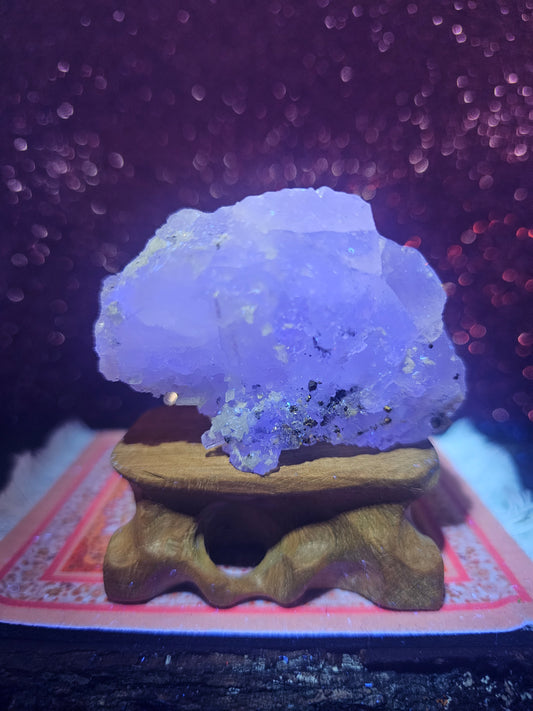
Labradorite is a unique and stunning gemstone that is known for its mesmerizing flashes of iridescent colors, often referred to as "labradorescence." This phenomenon is what makes labradorite a popular choice for jewelry makers, gemstone enthusiasts, and collectors alike. In this blog post, we'll delve into the science behind what makes labradorite flash like it does.
What is Labradorite?
Labradorite is a type of feldspar mineral that is found in igneous rocks. It was first discovered in the late 1700s in the Labrador region of Canada, which is where it gets its name. Labradorite is now found in many parts of the world, including Russia, Madagascar, and the United States.
What Causes Labradorite to Flash?
The flashes of color that are seen in labradorite are caused by a phenomenon known as labradorescence. This is a type of optical effect that occurs when light enters the stone and is scattered by tiny layers of minerals that are present within the stone.
The layers of minerals within the stone are often referred to as lamellae. These lamellae are made up of thin, parallel layers of different minerals, such as albite and anorthite. When light enters the stone, it is refracted, or bent, as it passes through each layer of mineral. This causes the light to scatter, creating the flashes of color that are seen in labradorite.
The colors that are seen in labradorite can range from blues and greens to yellows and oranges. The colors that are seen depend on the size and orientation of the lamellae within the stone. If the lamellae are small and randomly oriented, the flashes of color will be more muted. If the lamellae are larger and more uniform in orientation, the flashes of color will be more vibrant.
They can also change depending on the angle at which the stone is viewed. This is known as the stone's schiller effect. As the stone is moved, the flashes of color can appear to move or shift, creating a mesmerizing effect.
Why Does Labradorite Have Layers of Minerals?
The layers of minerals within labradorite are formed during the crystallization process. As the molten rock that contains the labradorite cools, the different minerals within the rock begin to crystallize at different rates. This creates a layered structure within the rock, with each layer made up of a different mineral.
The layers of minerals within labradorite can be seen with the naked eye in some specimens. In others, they may only be visible under a microscope. The layers of minerals within labradorite are what give the stone its unique appearance and make it a popular choice for crystal collectors.






